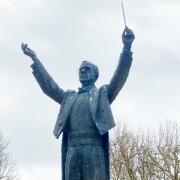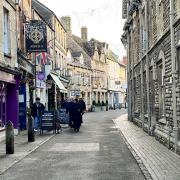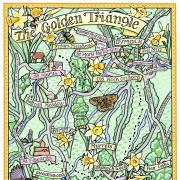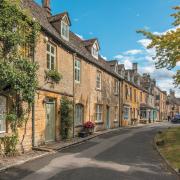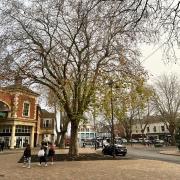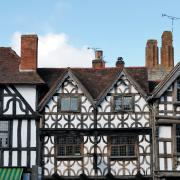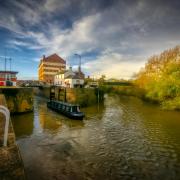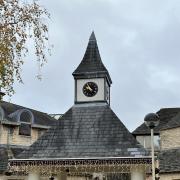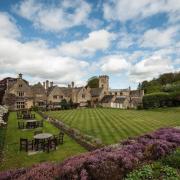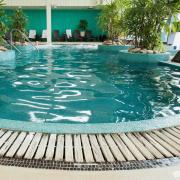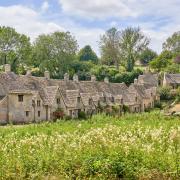Despite the slightly grisly-sounding names, Upper and Lower Slaughter are picture-perfect twin Cotswold villages

UPPER AND LOWER SLAUGHTER
Points of interest on Katie B Morgan’s map:
Slaughter: The name may come from the Old English term “Slough”, meaning wet land, muddy ground.


Upper Slaughter
Castle: Upper Slaughter was the site of an adulterine castle. There are remains of a castle mound on the north edge of the village.
February 4, 1944: 2,000 incendiary bombs were dropped by a Luftwaffe bomber, landing on six houses in Upper Slaughter; no-one was hurt.
St Peter’s Church: Norman with Victorian restoration. The tower is 15th century.
Lords of the Manor Hotel: The building dates back to 1649. The Slaughter family bought the manor from King Henry VIII.
Broom: In battle, the Plantagenet Kings wore a sprig of broom in their helmets.
Doubly Thankful Village: No men were lost in both World Wars; 24 men and one woman went to war and came back in WW1. In WW2, 36 went and all came home.


Lower Slaughter
The Old Mill: Undershot wheel with a chimney for extra steam power.
St Mary’s: 13th-century church with a lot of Victorian alterations in 1867.
Poppy: 15 men were lost in WWI.
Slaughters Country Inn: Originally three 15th-century farmworkers cottages, turned into one large house in 1920. It then became a cramming school for Eton. Once known as Washbourne Place after a family who lived there, it was bought in 2011 by the Brownsword family.
Book: Reverend Canon Francis Edward Broome Witts wrote The Diary of a Cotswold Parson.
The Square: The cottages were designed by Sir Edwin Lutyens in 1906.
Manor: Built for Valentine Strong, the then owner of Little Barrington quarry.
Footsteps: The Gloucestershire Way and the Heart of England Way pass through the village.
Dove: The manor has been here since 1004, then being used as a nunnery in 1443. There is a two-storey dovecote in the gardens, the largest in Gloucestershire.
Film makers: These films were partly shot in Lower Slaughter – Emma (2020); Our Mutual Friend (1998); The Sailor’s Return (1978).
Prints and cards of Katie’s maps and other illustrations are available to buy or commission from kbmorgan.co.uk




